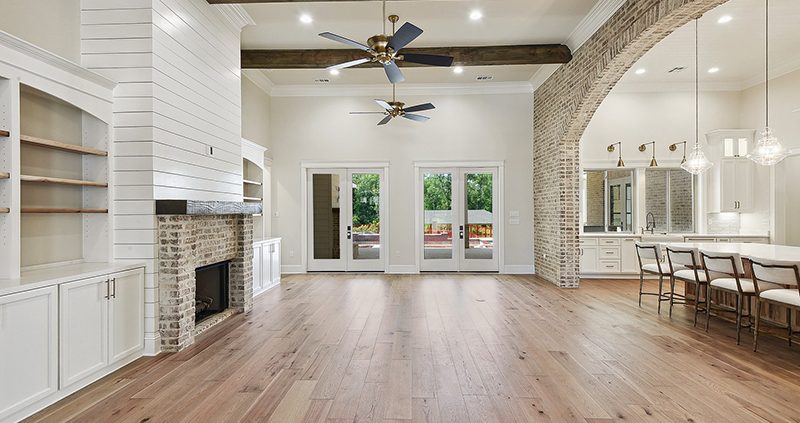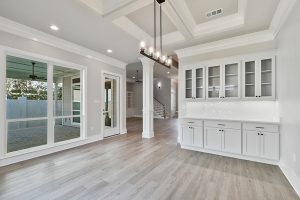We are already in the fall of 2023 and the weather will soon be a bit colder. Professionals in the industry have come up with some fall maintenance tips to help you ensure a cozy winter. 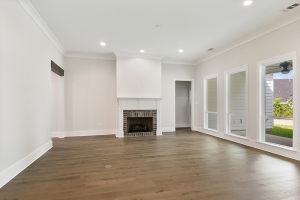
1. HVAC Check-Up:
The colder months can be hard on your heating system, especially if you live farther north in the country. Before the cold weather hits, make sure to have a professional HVAC inspection on your unit. An inspection will include replacing filters, checking for leaks and making any necessary repairs.
2. Fireplace and Chimney Inspection:
Everyone enjoys a nice fire in the fireplace during those cold winter days and nights. In order to make sure you can enjoy them worry free, you will want to have your fireplace and chimney inspected. Do this by a certified technician who can ensure it is done correctly to make sure everything is safe and efficient.
3. Roof and Gutters:
During the winter, snow and ice are not your roof and gutters friend. Before winter, check your roof for damaged shingles. Also clean your gutters out to make sure they are clutter free to prevent ice dams and water damage.
4. Seal Gaps and Cracks:
Start by checking all your home’s windows, doors and the exterior. There should be no gaps or cracks for cold drafts to seep in. The object is to keep the warm in and the cold out by sealing any cracks and gaps with weatherstripping or caulk.
5. Insulate Pipes:
A frozen pipe can burst and leave a big mess. You want to make sure that any exposed pipe is insulated so that it will not freeze. Areas such as the basement, garage or crawl space are unheated and get very cold.
6. Yard Cleanup:
Once the leaves fall during the fall months, you will want to clean up your yard. When you are tidying up, trim back overhanging branches, remove leaves and cover all of your outdoor furniture.
7. Test Alarms and Detectors:
Every change of season it is a good idea to test your smoke detectors and your carbon monoxide alarms to make sure they are working correctly and will work when the power is off. It is a good idea to go ahead and replace the batteries during this time.
Create a Winter Emergency Kit:
This can be a lifesaver! A winter emergency kit includes things such as blankets, flashlights, batteries, non-perishable food, and a first-aid kit. You always want to be prepared for the unexpected.
Remember when following these tips, you will ensure you have a cozy and safe winter!

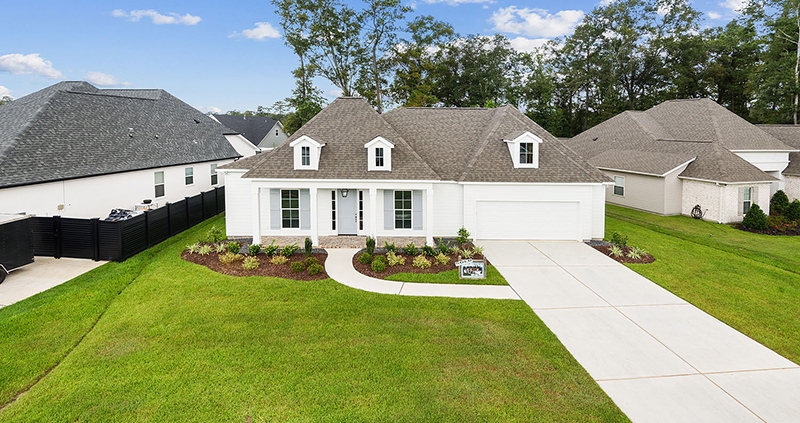
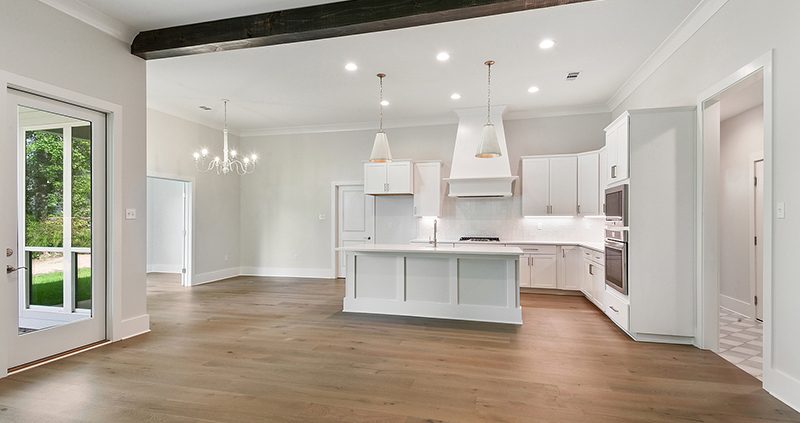
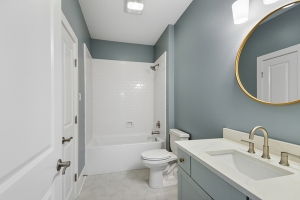
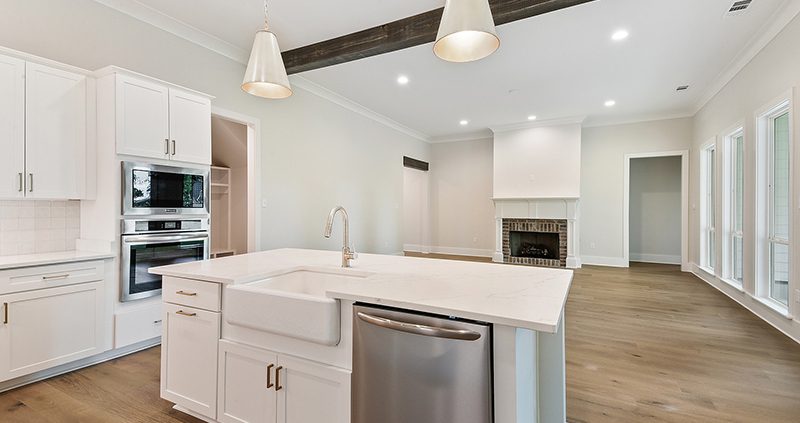
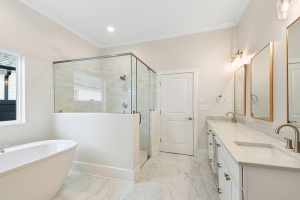
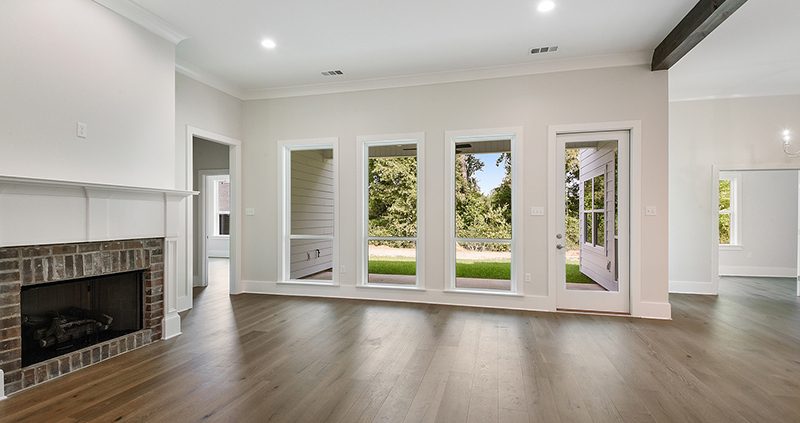
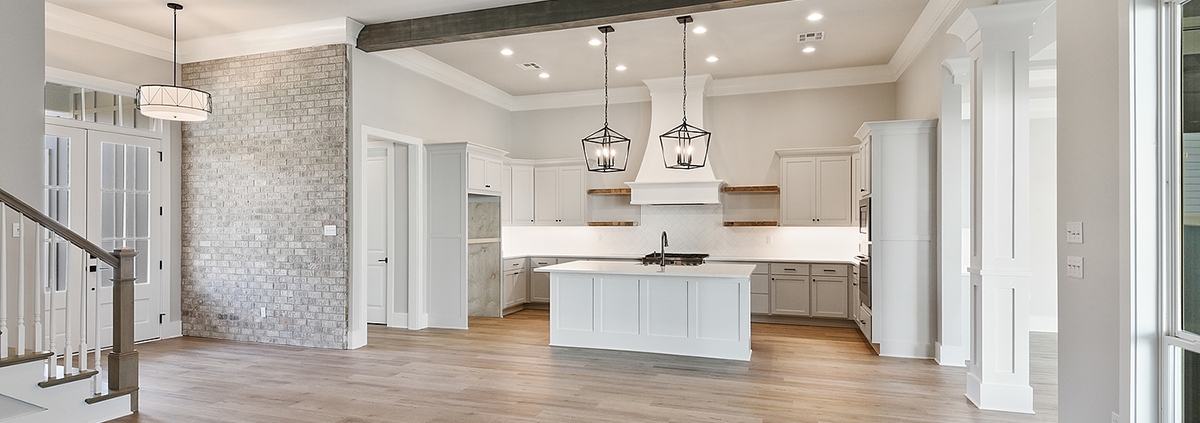
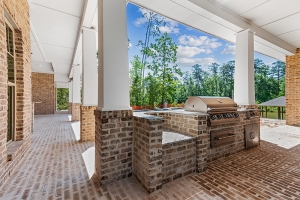
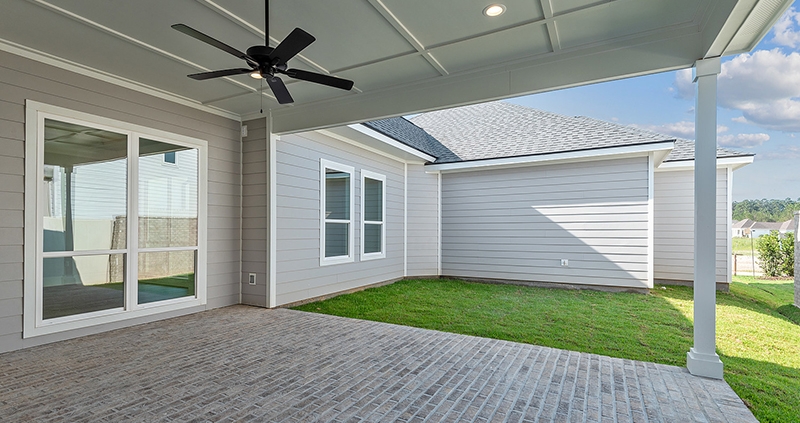
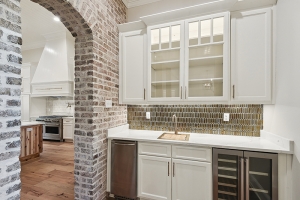
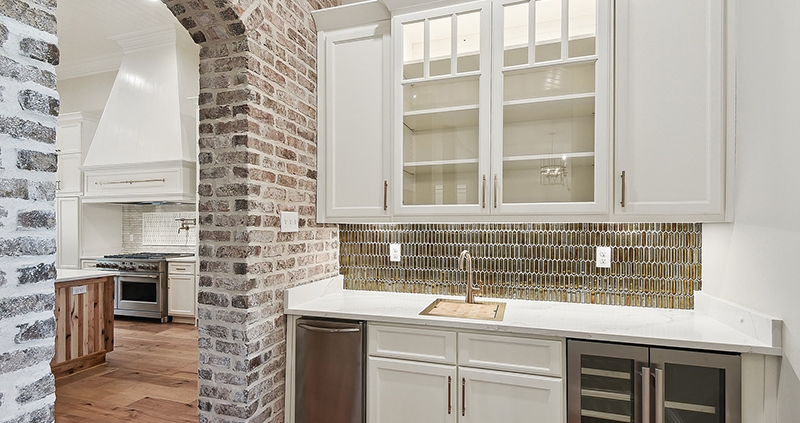
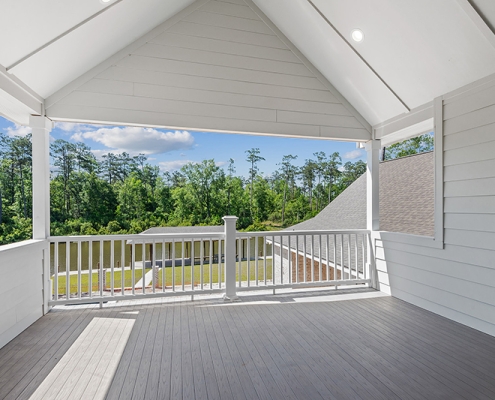 constantly being evaluated for efficiency, as well. Making our designs not only built to an exceptional quality but making them as friendly to your budget as possible is all part of our custom home building process.
constantly being evaluated for efficiency, as well. Making our designs not only built to an exceptional quality but making them as friendly to your budget as possible is all part of our custom home building process.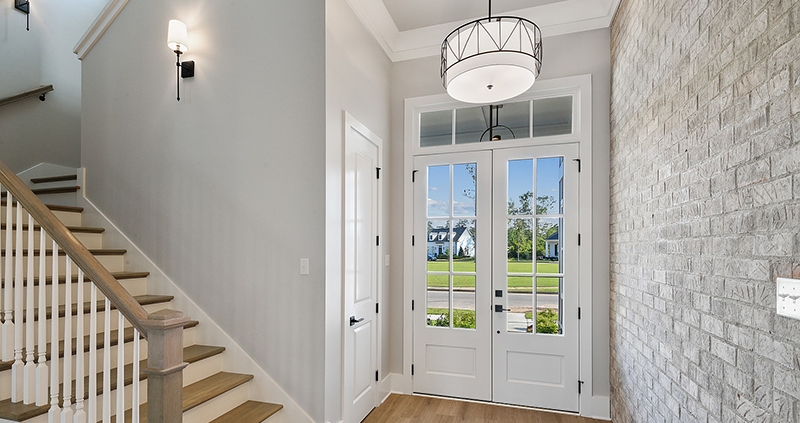
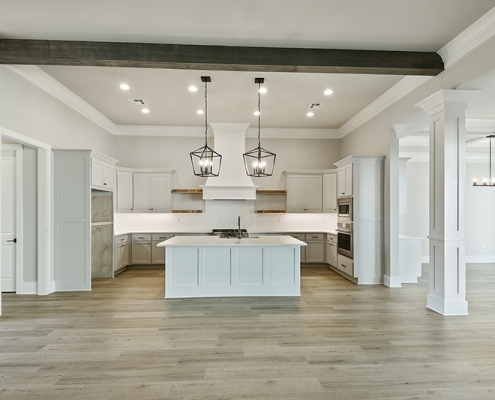 renting translates into actual accumulated wealth, according to this report.
renting translates into actual accumulated wealth, according to this report.